14 Ways to Create a Bird-Friendly Garden and Yard
Updated: Jan. 26, 2024
Birds & Blooms readers share tried-and-true advice for transforming your yard into a bustling bird garden and a haven for feathered friends.
Place Feeders in Your Bird Garden
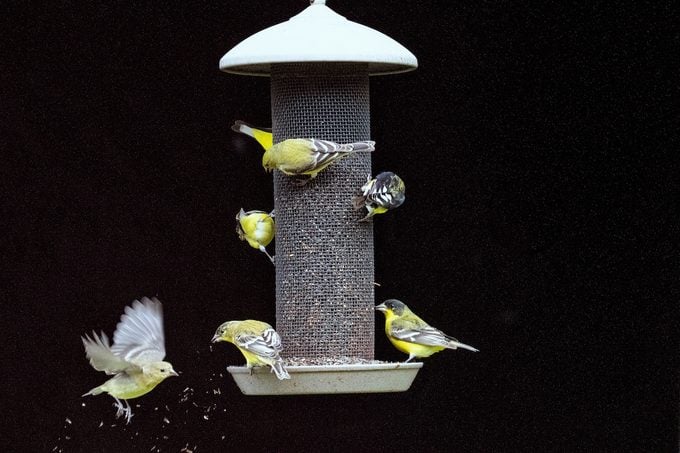
1. Water, food and shelter! Any one of them is a solid start for your bird garden, but combine all three and more birds than ever will call your backyard home. Then, the next step is to vary your feeders by location, seed type and height. Once you switch up the feeders, sit back in a comfy chair under the shade and enjoy the show. —Kathy Eppers, Aledo, Texas
2. Different foods attract different birds, so make sure you’re offering as wide a variety as possible. For example, right now, I am serving thistle for the goldfinches, sugar water for the hummingbirds, jelly for the orioles, and several types of high-fat suet blocks for the woodpeckers. —Roberta Klein, Byron, New York
3. Provide lots of backyard shelter, including shrubs and trees, and feed black oil sunflower seeds or a black-oil heavy mix. I feed the birds in both squirrel-proof and non squirrel-proof feeders, so even those backyard critters get to eat. —Grace Huffman, Oklahoma City, Oklahoma
Keep Bird Feeders Clean
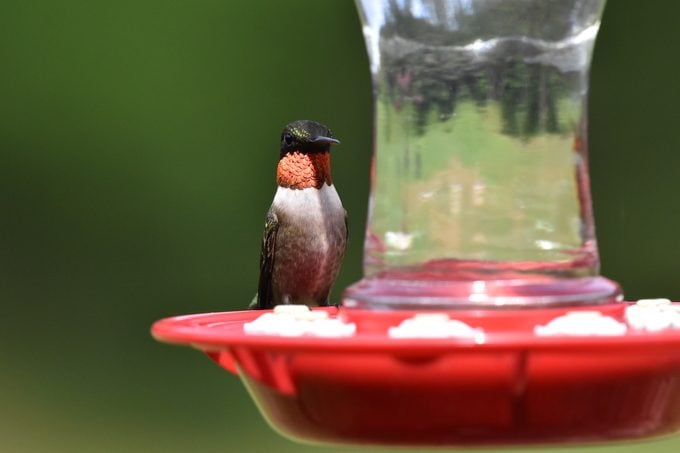
4. It’s important to keep all bird feeders clean, but sugar-water feeders are especially tricky. I was frustrated by how hard it was to clean around the tiny feeder ports. In a moment of inspiration, I grabbed my old electric toothbrush, put in fresh batteries and had a blast getting all the gunk out from around those itty-bitty feeder holes. After my initial cleaning spree, I used a permanent marker to officially label my new “bird brush.” I’ve been using it for months. —Liza Marie, Santa Rosa, California
Provide Fresh Water for Birds
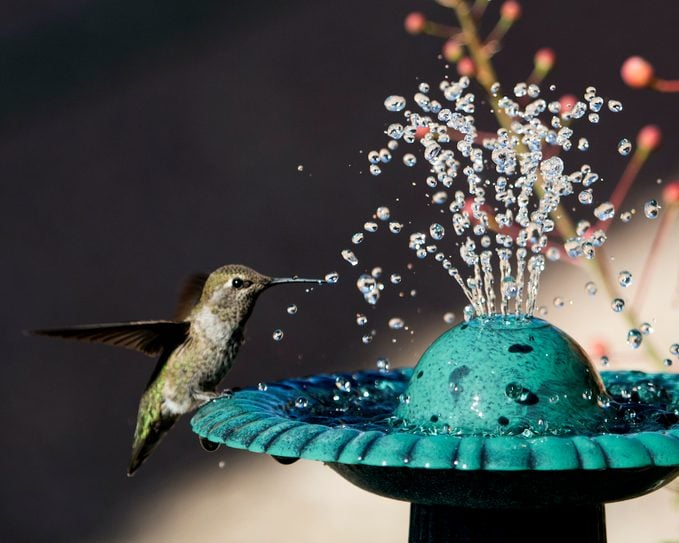
5. Birds love water. And it’s a necessity, especially in winter. My neighborhood fliers are drawn in by the sound of splashing water from the waterfall in my backyard pond. I also have several heated birdbaths. —Boni Trombetta, West Chester, Pennsylvania
Provide Shelter and Protection From Predators
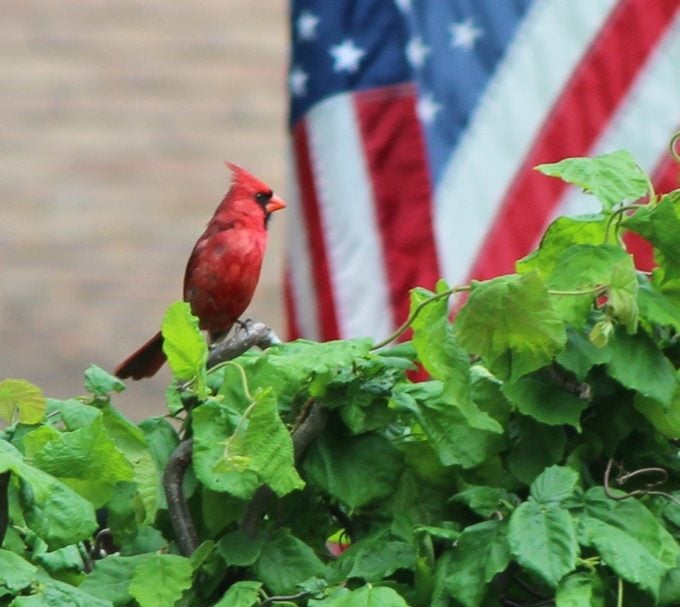
6. To build the best bird garden, protect the backyard birds you attract and always keep pet cats indoors. It’s better for the overall health of your beloved cats, too! —Judy Roberts, Graytown, Ohio
7. Tall shrubs (about 10 to 15 feet high) invite birds like robins and cardinals to build nests in the safety of the dense foliage. Your new bird neighbors will be in a more secure space and farther away from predators. After a pair of robin parents settled into our backyard bushes, they flitted around to look for worms to feed their young. —Sharon Blumberg, Munster, Indiana
8. Leave bushes bushy to provide shelter for birds in a bird garden. Consider putting up branches and perches near the feeders to act as “waiting rooms” for those times when all the feeder slots and perches are taken. —Sue Cassidy, Hughesville, Maryland
9. Think outside the box and reuse what you can. For example, my feeders are in an area with little cover. In January, I go to my local public works department where people dispose of their Christmas trees. I find some really full ones and place them around my feeders for shelter during the rough winter months to come. (I check for any leftover and potentially harmful decorations or hooks first, though.) It’s a great way to recycle old Christmas trees! —Patty Dorsey, North Huntingdon, Pennsylvania
Help Nesting Birds
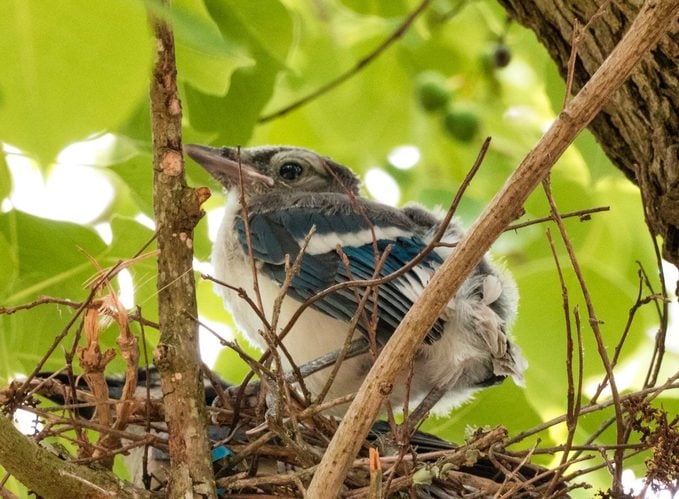
10. One simple way to help mother birds is to leave out eggshells, which gives them a calcium boost. Every night I eat an egg for supper, then rinse out the shell to let it dry. I break it up a bit and leave it outside my kitchen door for the birds to peck at in the morning. The blue jays especially seem to love it! —Roger Emerick, South Glastonbury, Connecticut
Attract Bug-Eating Birds
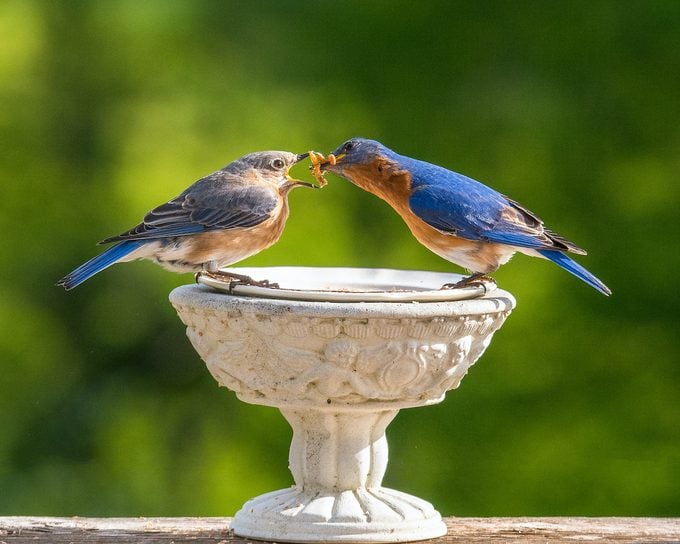
11. Bugs, bugs, bugs! For the sake of insect-eaters, such as grosbeaks, hummingbirds and bluebirds, skip the pesticides and embrace the bugs. All the hungry neighborhood birds help naturally control the insect populations. Many bird species switch almost exclusively to insects while feeding their nestlings because they need so much protein. And be sure to leave up spider webs when you see them—hummingbirds use the silky webs to build their nests. —Jill Staake, Tampa, Florida
Grow Your Own Bird Food
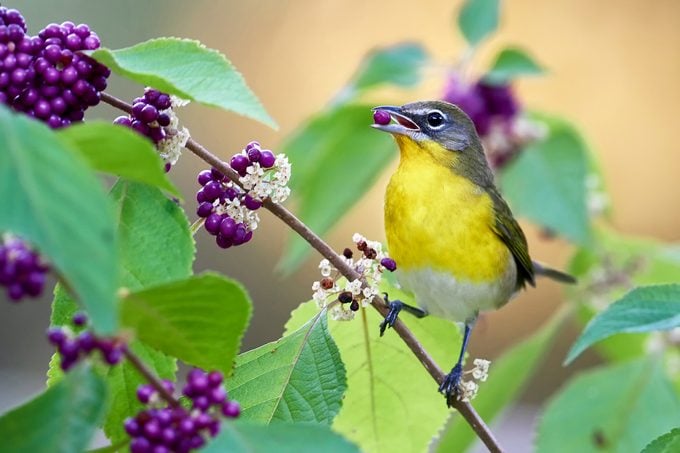
12. In the warmer months, it’s important to grow natural, blooming food sources that do more than just beautify your space. I use coneflower, sunflower, beautyberry, native honeysuckle vine, bee balm and milkweed in my bird garden. —Boni Trombetta, West Chester, Pennsylvania
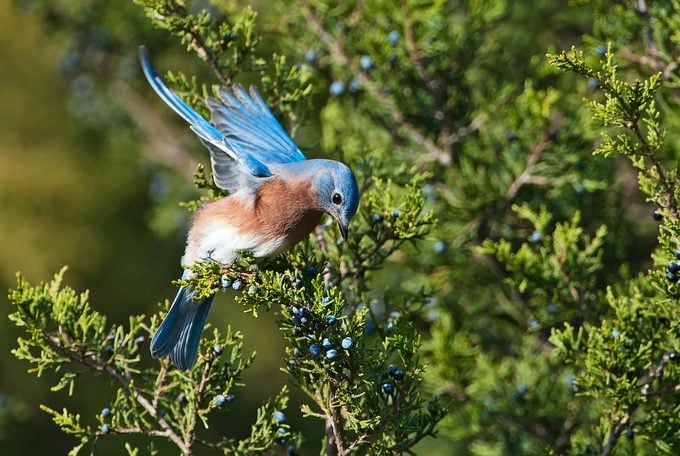
13. Research native plants and trees. I grow a lot of native flowers, and after they finish blooming, their heads offer seeds that goldfinches and other seed-loving birds can’t resist. The same idea applies with berry trees. Cardinals and cedar waxwings are sure to stop by for a sweet berry snack. If you’re patient, attracting birds with your garden makes for many amazing photography opportunities. —Connie Etter, Martinsville, Indiana
Identify Your Bird Garden Visitors
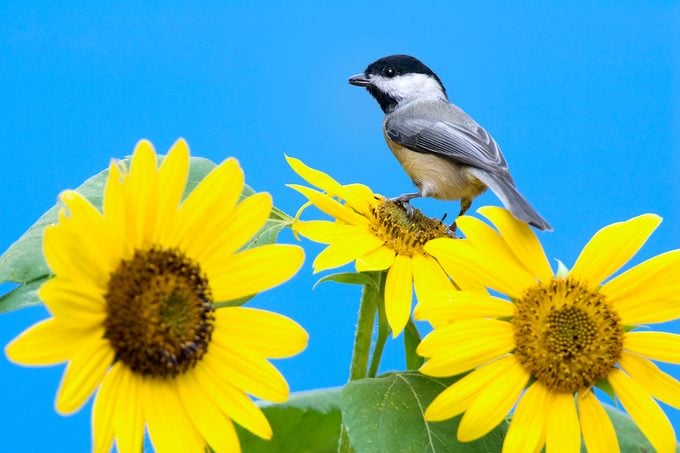
14. If you’re new to watching birds, pick up an illustrated field guide and keep it near a window that looks out on your feeders. I keep my copy near my favorite window—it’s always there when I need it. Once you learn to recognize the common species in your neighborhood, research what their preferred foods are so you can attract even more to your space. —Sydra Krueger, Bay City, Michigan




















